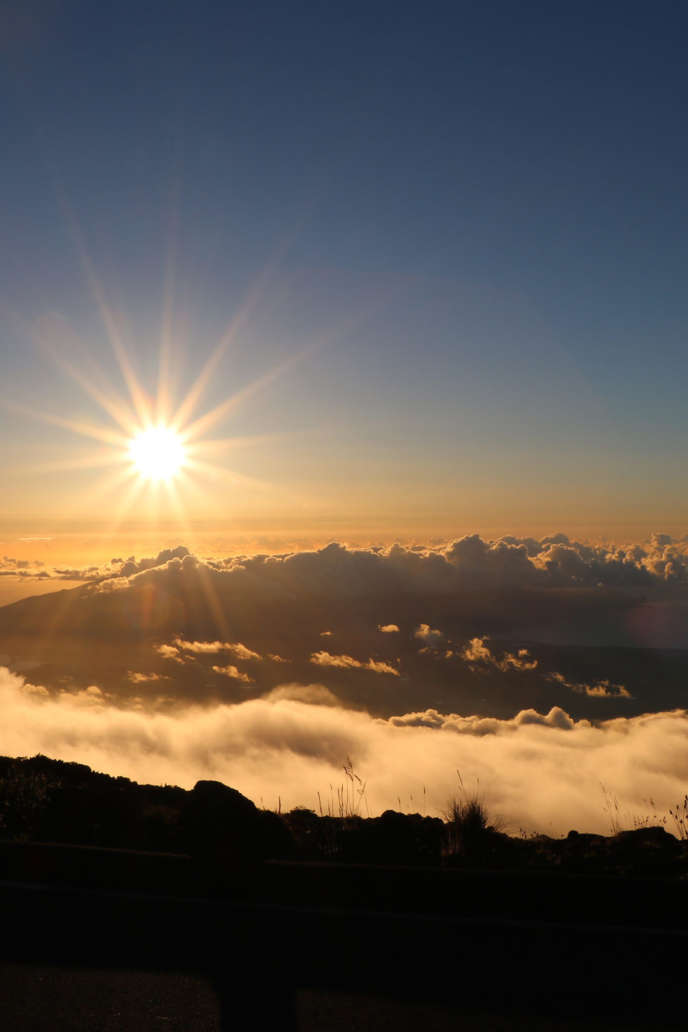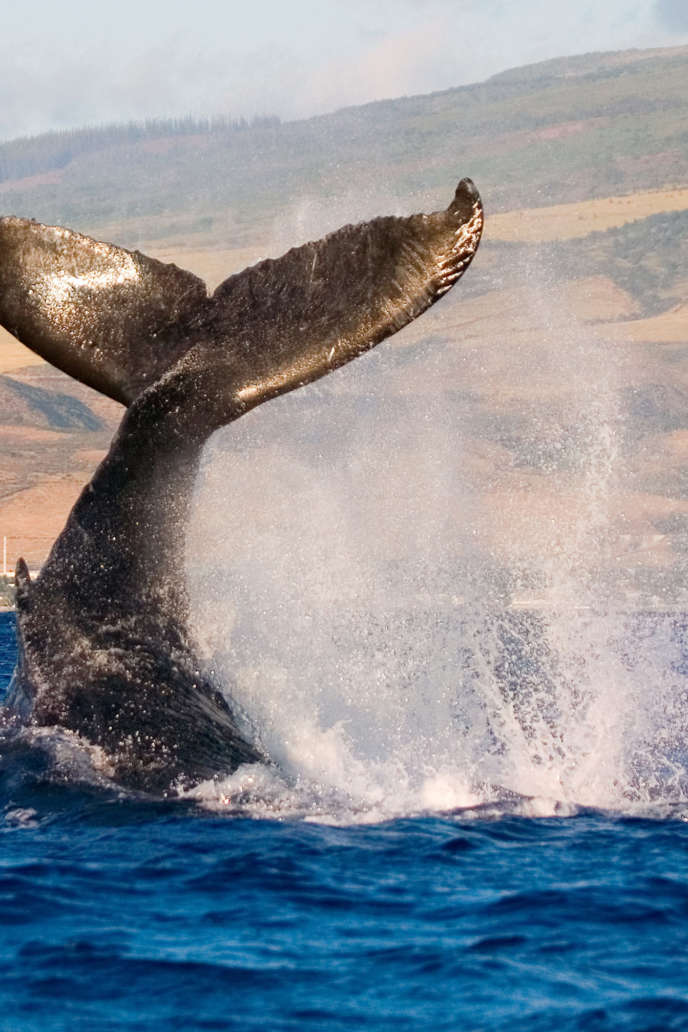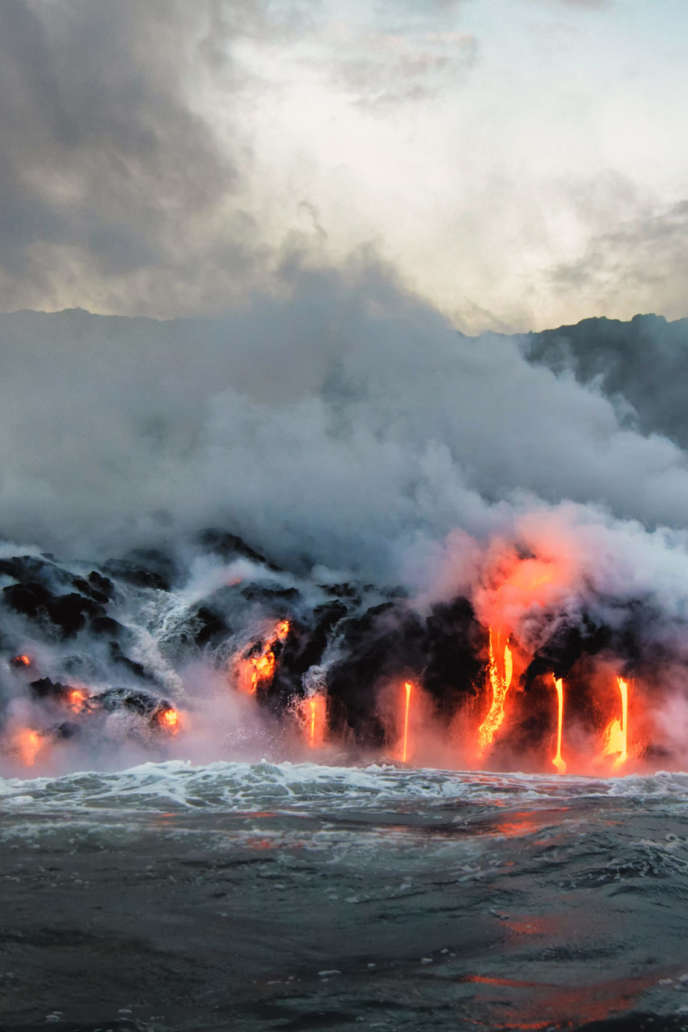Maui is the most popular island for travelers arriving from the U.S. continent, and for good reason. The island has a variety of things to do for locals and visitors alike, and one can always hop over to the neighboring islands of Lanai or Molokai via a short ferry or plane ride. The area of Maui County includes the islands of Maui, Molokai, Lanai, and Kahoolawe, as well as minor islets nearby such as Molokini.
Here’s a list of the ten most popular attractions Maui County has to offer and the things first-time visitors need to do when visiting Maui.
1. Sunrise/Sunset/Stargazing on Haleakalā
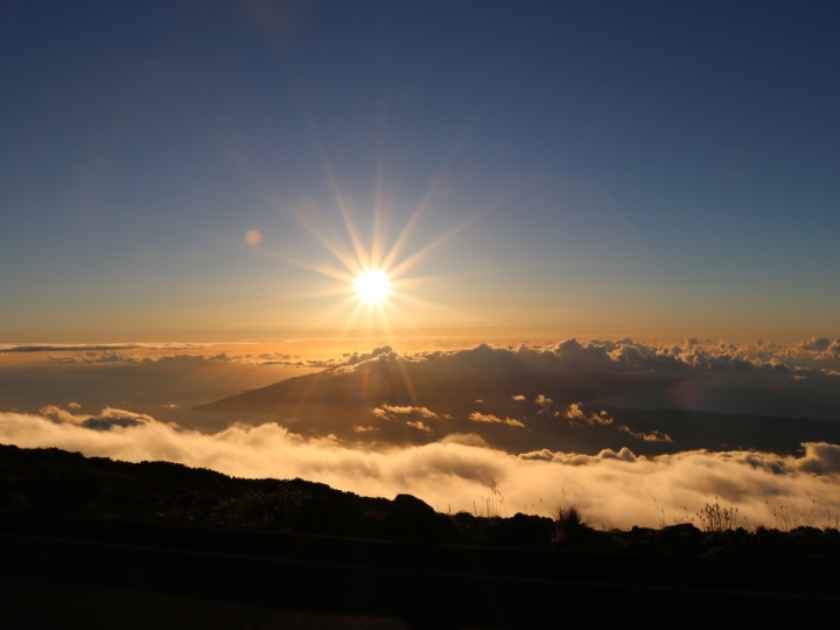
The name “haleakalā” means “house of the sun” in Hawaiian. Haleakala is Maui’s highest mountain and a dormant volcano that makes up the majority of landmass of the island. According to Native Hawaiian legends, the peak of Haleakalā was where the demigod Maui lassoed the sun (La) and convinced him to make the days longer so that Maui’s mother, Hina, could dry her kapa cloth.
The peak of Haleakalā towers above the clouds at 10,000 feet, which makes it a great place to watch the stars at night. It’s also a great place to watch the sunrise or sunset, as Satoko experienced in a prior blog post. Remember to bundle up, though, since the temperature at the peak is usually around 30° to 45° F (-1° to 6° C).
See More: Haleakala National Park Tours
2. Travel the Road to Hana
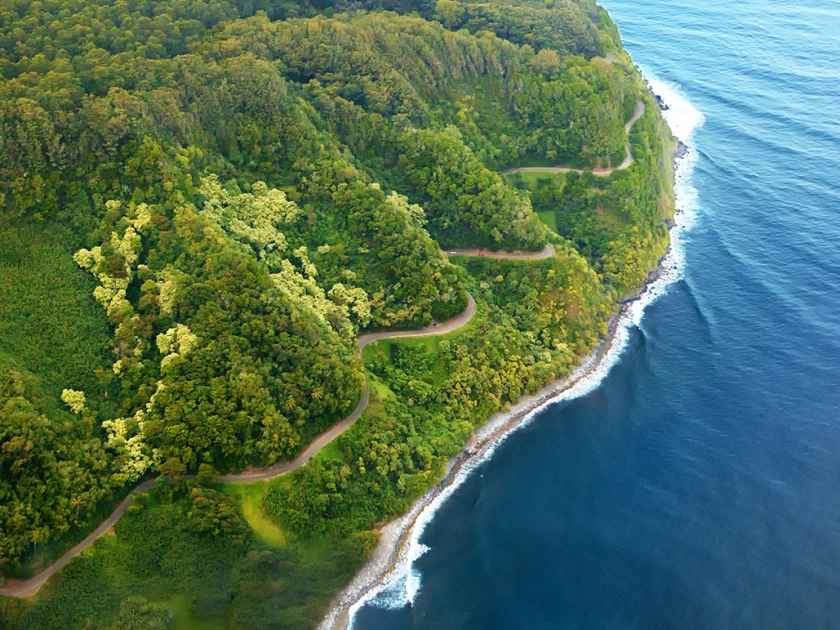
One of the most famous attractions in Maui, the Road to Hana (Hana Highway) is a long road that winds through Maui’s northwest coast. The road is marked by many different attractions and scenic points along the way, including beaches, lookouts, and waterfalls. You can find many more attractions along the way, as well as tips to prepare for your drive and what to expect.
Just be careful where you explore. There is private land along the road as well, generally marked with “no trespassing” signs. While the road is long and windy, is isn’t at all difficult to navigate if you take your time and pay attention to the road. It’s a single-lane road, so remember to be courteous to your fellow drivers.
The road ends at Hana, a small, quaint town on the eastern coast of the island. Hana’s biggest attractions are the Hana Cultural Center, Travaasa Hana Resort, and the Hasegawa General Store. You don’t have to stop at Hana, as more attractions (including the Seven Sacred Pools and Wailua Falls) are located further south. Don’t expect to be able to drive all the way around the island, though. The backside of Haleakala isn’t completely paved. You’ll need a jeep or four-wheel-drive vehicle to get you back to Kula.
See More: Road to Hana Tours
3. Snorkel at Molokini
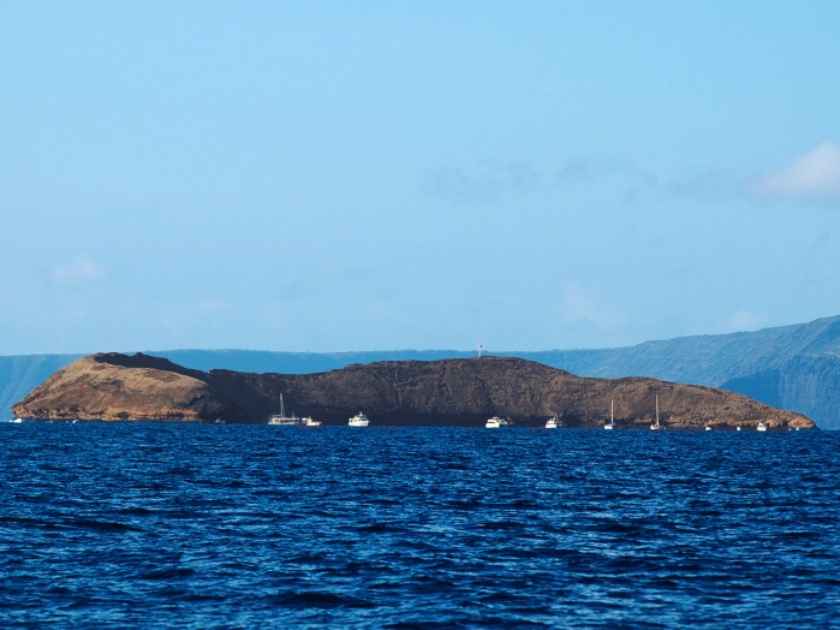
Molokini is a sunken atoll off the southern coast of Maui, between Maui and Kaho’olawe. This crescent-shaped islet serves as a marine life and seabird conservation district. Visitors can spot various species of fish, octopuses, small reef sharks, eels, and even manta rays among the coral reefs at Molokini. While there are multiple options to take a boat to Molokini, all tour boat operators require permission to visit the atoll.
Furthermore, there are strict restrictions on the area to preserve the endemic species that make a home there. Snorkeling at Molokini is great because of the shelter provided by the crescent, the high visibility from the surface, and abundant marine life. If you want to explore the area and are scuba certified, scuba diving allows you to go much deeper, and advanced divers can even explore the outside of the crater.
If you’re not certified, you can always try out snuba, a relatively new option for divers that combines the ease of snorkeling with the freedom of scuba. Snuba involves a mask and air supply like scuba, but instead of being carried on your back, your air tank floats on a raft on the surface, connected to you via an air tube and harness which allows you to dive down 20 feet. Besides not having to carry a heavy tank, snuba also doesn’t require any training or certification: after a quick instruction, you’re ready to go!
See More: Molokini Crater Snorkeling
4. See the Turtles at Turtle Town
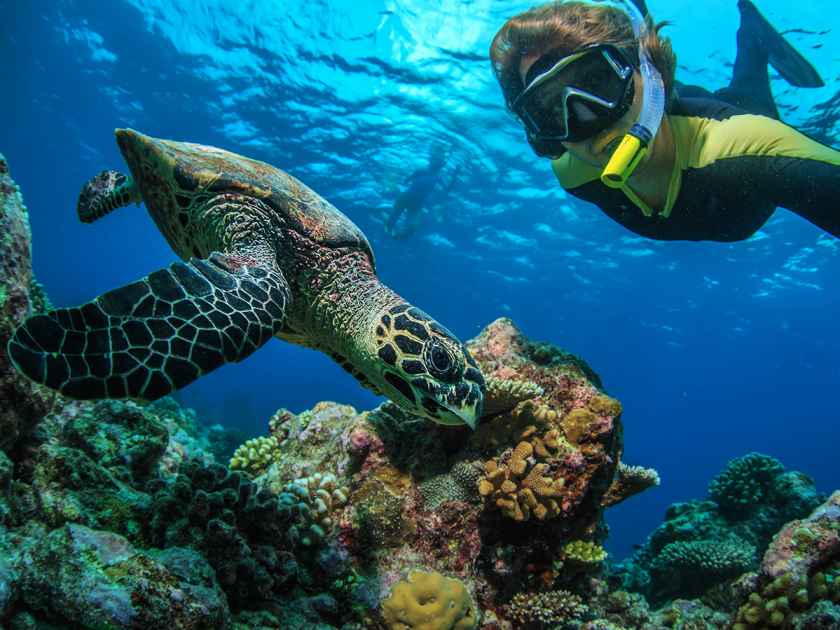
Another popular snorkeling destination, Turtle Town is the nickname given to an area on the south shore of Maui where green sea turtles congregate to have their shells cleaned by small reef fish. The general area includes the reefs stretching along a mile of coastline in the southern Makena area.
The easiest way to get there from the shore is from Maluaka Beach, then head left (facing the ocean) until you see the reef. Once there, the reef slopes gently, so you’ll be able to explore at whatever depth you’re comfortable with. You can also take a boat tour there, some of which stop at Molokini as well. Turtles can be found in shallow or in deep water, but you’ll usually spot them among the reefs, resting where the surgeon fish can clean their shells. Just remember that green sea turtles are endangered and protected by the law, so don’t touch or even approach a turtle if you spot one.
See More: Turtle Town Maui Snorkeling
5. Whale Watch during Winter
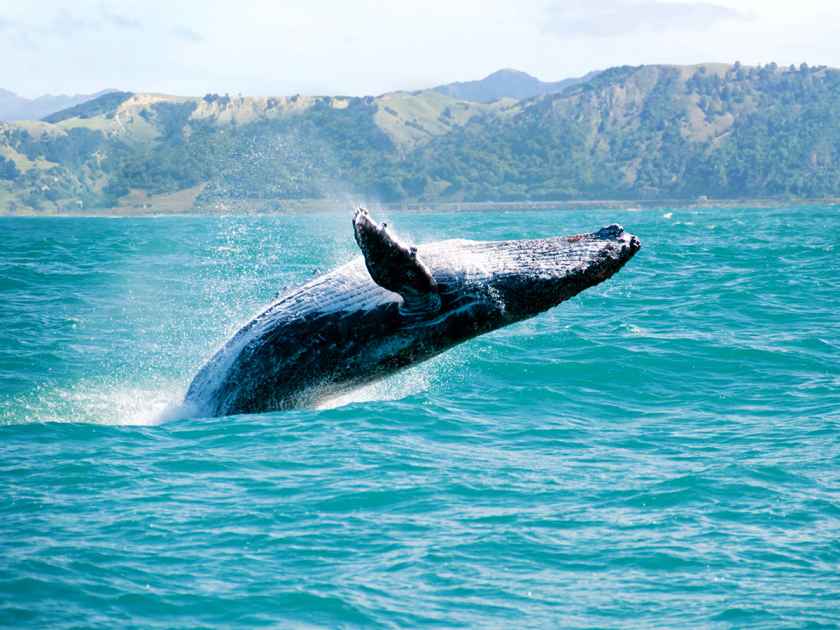
The waters between Maui, Lanai, and Molokai are designated National Marine Sanctuary for humpback whales, who migrate there in the winter months. From December to April, you can watch the whales as they gather, rest, and play in the ocean just off Lahaina Coast.
If you’ve booked a hotel in Lahaina or Kaanapali with an ocean view, you might even be able to see the whales splash around from your balcony! If not, visiting one of the beaches on the West Coast is generally enough to get you a view of whales blowing and tail-slapping.
If you want a closer look, you can always take a whale-watching sail out into the ocean on a raft or catamaran. Guided tours usually have a naturalist on board who can tell you about the whales’ habits and life cycles.
See More: Whale Watch Tours in Maui
6. Parasail during Summer
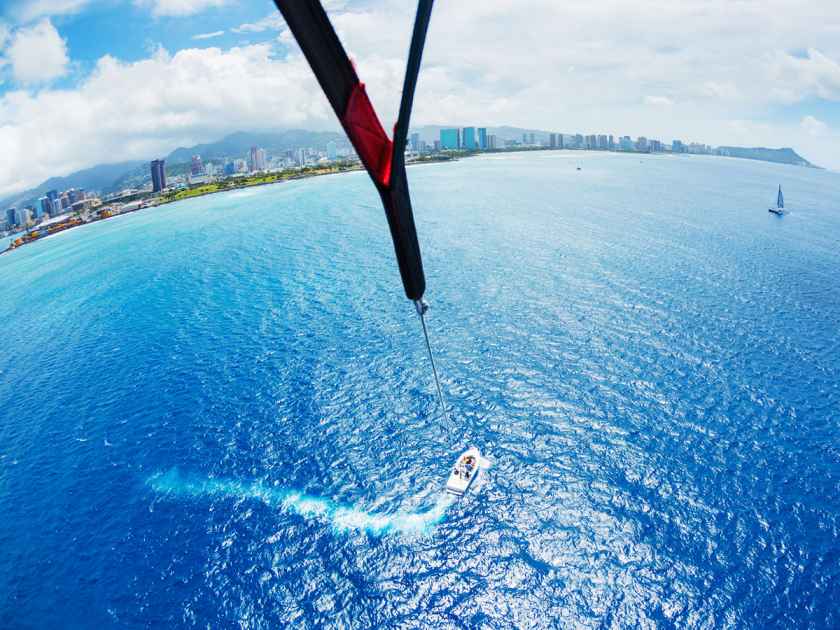
Since the waters west of Maui are a whale sanctuary, normal boating and water sports are restricted during the winter months. The whales go north for the summer, though, meaning the West Maui coast is open for business from May to early December.
Parasailing is a lot of fun, as I experienced personally, and not as tense or fast-paced as one might think. Lines go up to 1,200 feet long, which will give you an amazing view of the Lahaina coastline once you’re at full length. You can also ride tandem with up to two other people, with kids as young as 3 years old!
7. Visit Lahaina
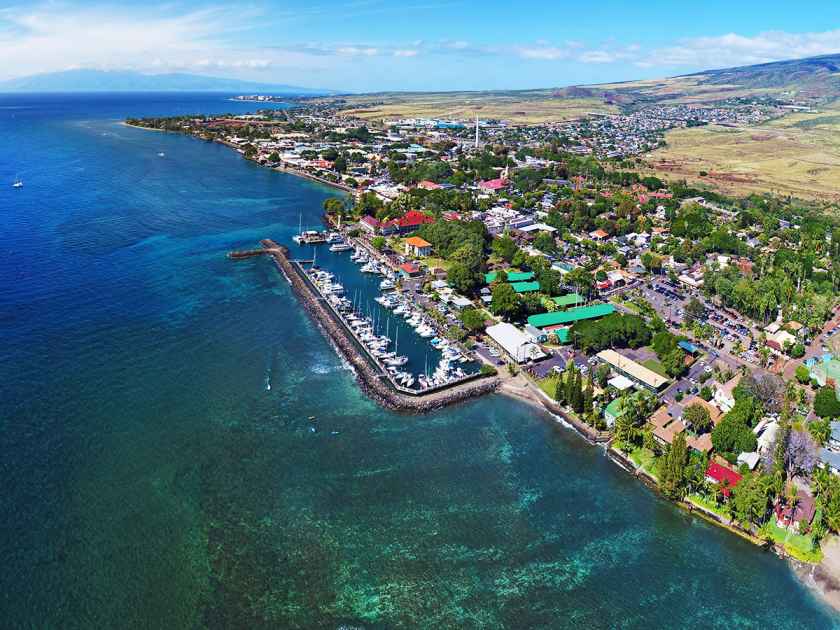
Easily the most famous tourist destination in Maui, Lahaina is a town on the west coast of Maui. What most people refer to as Lahaina is the historic district, where Lahaina Harbor is located along with a variety of shops, galleries, and restaurants.
Also part of Lahaina are Kaanapali and Kapalua, beach resort districts located along the coasts to the north and south of the historic district. Historically, Lahaina is famous for being the capital of the Hawaiian Kingdom before Honolulu, and for later being a major whaling port in the Pacific. Take the Lahaina Historic Walking Tour to learn about the area and how it’s placed in Hawaii’s rich history.
See More: Things to Do in Lahaina
8. Ride a Mule to Kalaupapa (Molokai)
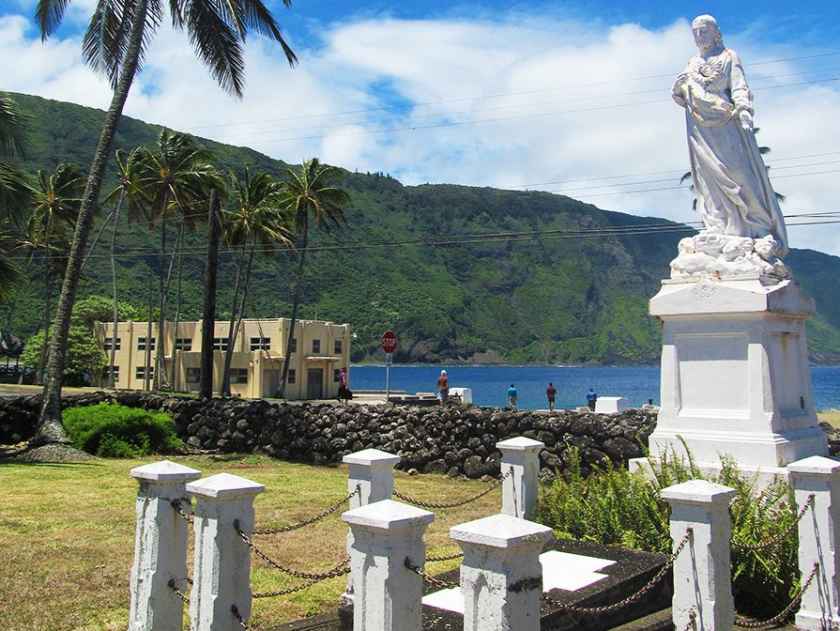
While not technically on Maui, Molokai, Lanai, and Kahoolawe make up “Maui Nui,” what once was a single island now separated by the rising sea levels.
Kalaupapa is a small, isolated peninsula on the northern coast of Molokai, the Friendly Isle. Historically, Kalaupapa served as a place of exile for patients of Hansen’s disease (leprosy). In 1873, Father Damien moved to Kalaupapa to minister to the people quarantined there. Father Damien provided spiritual, emotional, and medical support to the residents of Kalaupapa, reaching out to them and treating them with humanity when the rest of society had abandoned them. His service ended in 1889 when he died after contracting Hansen’s disease.
Today, the site is still sparsely populated and serves as a home for a few remaining former-patients of Hansen’s disease. It’s geographical isolation makes it difficult to get to as well: there are no paved roads or vehicle-accessible routes to the peninsula, so visitors must take a small airplane or ride a mule down the steep, rugged trail from central Molokai. The settlement retains its historical physical settings, including the churches and graveyards that Father Damien built.
9. Take a 4x4 to Shipwreck Beach (Lanai)
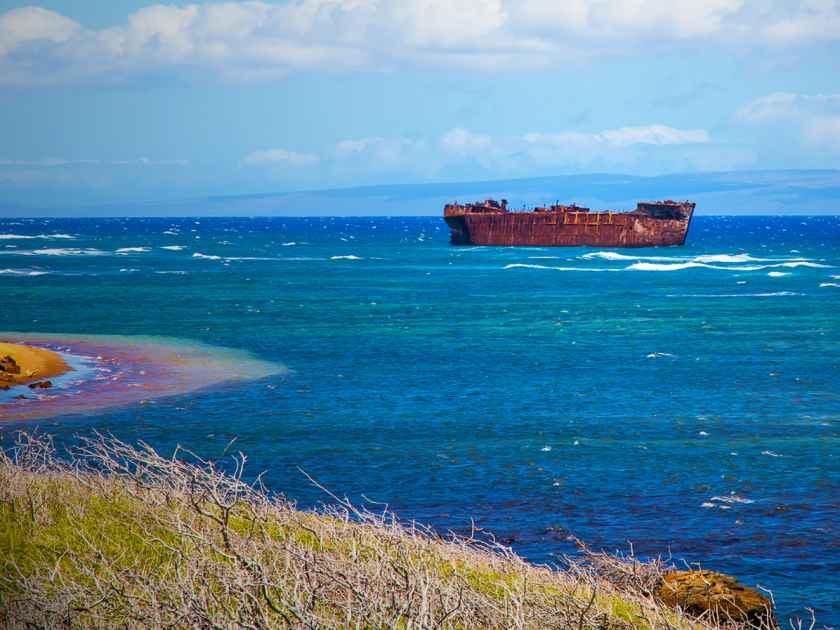
Another small island off the coast of Maui, Lanai is known as the Pineapple Isle as the entire island was once used as a giant pineapple plantation. Today, most of the island is owned by Larry Ellison and only about 3,000 people live there. There are no stop lights on the island—there isn’t enough traffic to warrant any—and the majority of roads are unpaved. This means that if you want to explore the island by car, you’d need a four-wheel-drive jeep or SUV to handle the bumpy dirt roads.
One place you’ll want to visit is Shipwreck Beach. The beach isn’t much of a swimming destination, as it got its name from the strong currents that make it hazardous to boats, many of which have run aground on the reefs here. One boat, the Liberty, still stands on a reef here and is clearly visible for any visitors. The Liberty was a World War II-era vessel that was brought to Lanai as an attraction. It’s rusted hull still brings visitors to Shipwreck Beach.
Book a full-day 4×4 jeep rental that includes round-trip ferry transportation between Maui and Lanai.
10. Taste Pineapple Wine at a Local Vineyard
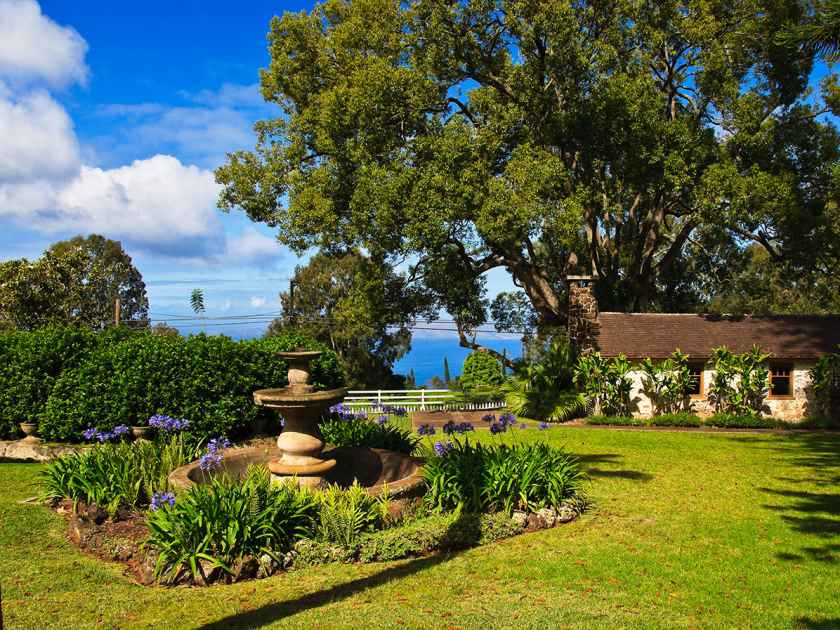
The area known as Upcountry Maui, just west of the valley between the two mountains, consists mostly of farmland that takes advantage of the rich, volcanic soil on the slopes of Haleakala.
Maui also has an island-wide moratorium on GMOs, meaning all local produce is organic. Among the ranches, botanical gardens, and farms that call upcountry Maui home, there are also vineyards and distilleries to be found. Ulupalakua Vineyards is famous for its pineapple wine, and allows visitors to tour the facility and winery for no charge. The grounds themselves are breathtakingly beautiful, as is the drive up to the vineyard. They also sell airline-approved packaging if you want to take a bottle home with you in your check-in luggage.
Click here to book your pineapple farm tasting and distillery tour.
That’s our list! Hopefully, this helps you plan your dream trip to Maui! If you think something’s missing from the list or are curious about Maui’s other attractions, do visit HawaiiActivities.com for more.
Also, be sure to check out our Top 10 list for things to do on Kauai.
Jason
Having grown up in Honolulu, Jason writes for HawaiiActivities to help share the beauty of the islands with visitors.


